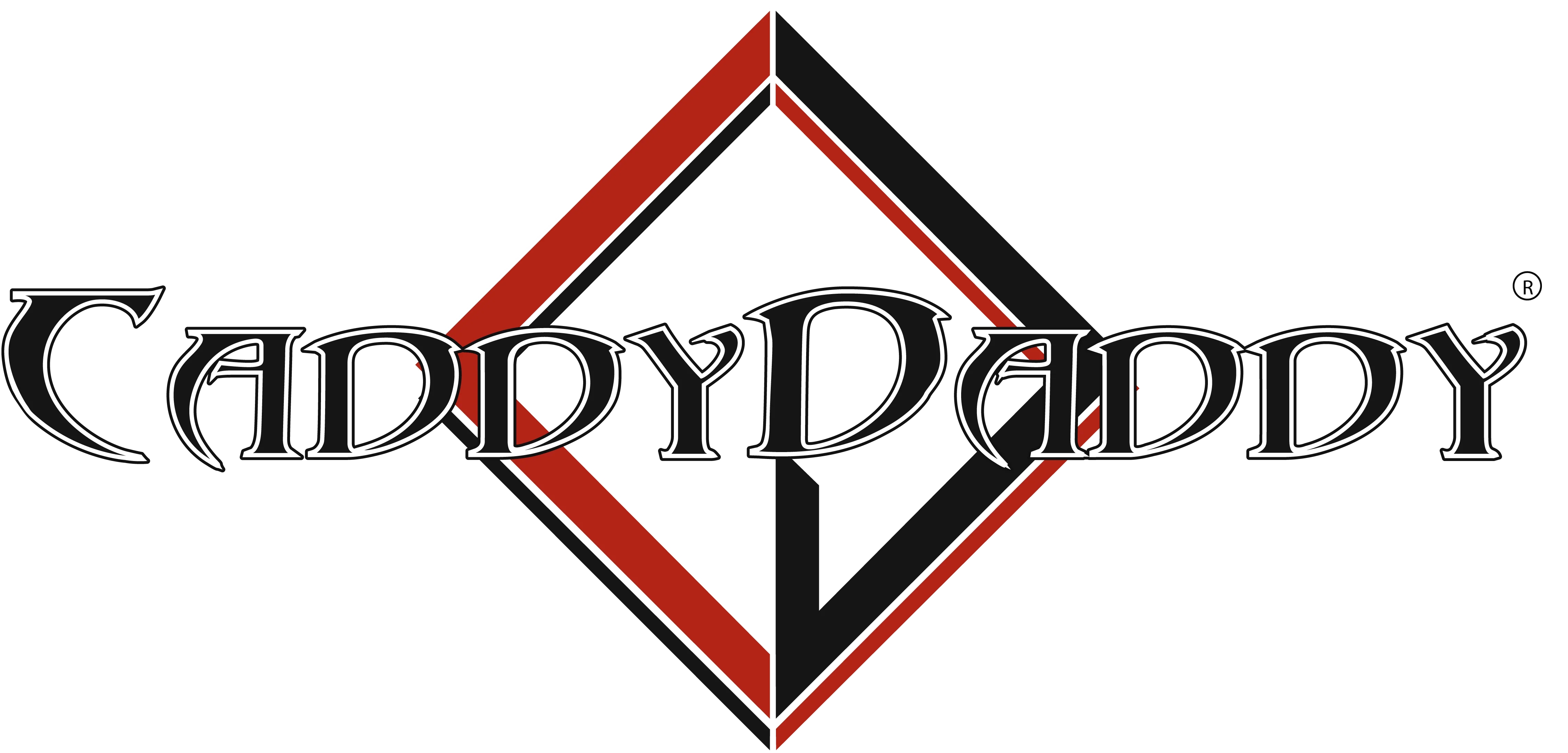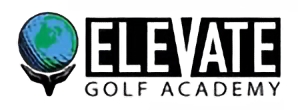All WAGA tournaments utilize the following WR4GD (World Rankings for Golfers with Disabilities) Player Classifications by Disability Type (Sport Class) for all events which include adaptive golfers:
Golfers with Lower Limb Impairments
Sport Class G1
The golfers have an impairment affecting one leg above the knee, for example an amputation above the knee. They may use a prosthesis or golf on one leg.
Sport Class G2
Golfers in this sport class include those with impairments in the lower parts of one leg, but with less impact on golfing compared to G1. Typical examples are amputations below the knee/above the ankle or loss of muscle control in one leg or leg length difference.
Sport Class G3
This sport class includes golfers with an impairment in both legs, such as muscle weakness in both legs or double amputation. Each limb needs to qualify independently under the IPC standards of disability for the individual to qualify in this Sport Classification!
Golfers with Arm Impairments
Sport Class G4
The golfers in this sport class have impairments affecting one arm and either 1) do not use any golf aide or adaptive device to connect to the club, or 2) do not intentionally use the impaired arm when initiating a stroke through striking the ball. At the initiation of the stroke through striking of the ball, there can only be one intentional point of contact on the club. All golfers in this category, must play every stroke during a round of golf with one arm – any aid from an artificial appliance, prosthetic, or part of the impaired arm is not allowed. This category includes limb deficiency, impaired passive range of motion and impaired muscle power related to the arm.
Sport Class G5
The golfers in this sport class have impairments affecting one arm and either 1) use a golf aide or adaptive device to connect to the club or 2) use the impaired arm at any time in the swing between when initiating a stroke through striking the ball. At the initiation of the stroke through striking the ball, this class is allowed to have two points of intentional contact on the club while striking the ball for any stroke during a round of golf. This category includes limb deficiency, impaired passive range of motion and impaired muscle power related to the arm.
Sport Class G6
This sport class is designated for athletes with impairments in both arms that prohibit them full use of the golf club. Golfers, for example, have missing hands or cannot grip firmly the club properly. Therefore, you may see them using an adaptive golf tool. Each limb needs to qualify independently under the IPC standards of disability for the individual to qualify in this Sport Classification!
Golfers with Combined Impairments in Arms and Legs
Sport Class G7
This sport class is designed for golfers who have an impairment in arms and legs. Some of the G7 golfers have mild coordination problems in all extremities. Others have amputations affecting at one arm and one leg. Each limb needs to qualify independently under the IPC standards of disability for the individual to qualify in this Sport Classification!
Sport Class G8
Athletes with Neurological Conditions and Coordination Impairments. Abnormal increase in muscle tension and a reduced ability of a muscle to stretch, lack of coordination of muscle movements, unbalanced, involuntary movements and a difficulty in maintaining a symmetrical posture due to a neurological condition, such as cerebral palsy, brain injury or multiple sclerosis.
Seated Golfers
All seated-golfers that have an impairment affecting their body requiring them to play every stroke in the round of golf strapped and intentionally attached to a mobility device. This category is strictly for individuals who can not stand; players who choose to play seated but are physically capable of standing will be assigned to a different Sports Classification. e.q. G3 / G8.
Sport Class G9
Players with impaired trunk control, no consistent static sitting balance, and no independent standing balance. These players cannot sit without falling and require external support to maintain a seated position
Sport Class G10
Players with active trunk control and dynamic sitting balance but no independent standing balance. These players can sit without external support but are unable to stand.
Golfers with Visual Impairments
Sport Class G11
These athletes have a very low visual acuity and/or no light perception.
Sport Class G12
Athletes have a higher visual acuity/ higher than athletes competing in the G11 sport class & a visual acuity higher than 20/600 with some light perception.
Sport Class G13
Athletes have the least severe visual impairment eligible for Paralympic sport. They have the highest visual acuity and/or a visual field of less than 20 degrees radius.
To ensure safety all G11 & G12 golfers must use a caddy, while a G13 may use a caddy.
Short In Stature
Sport Class G14
Athletes with short stature compete in this sport class.
Intellectual Disabilities
Sport Class G15
Athletes with an Intellectual disability which has certain limitations in cognitive functioning and skills, including communication, social and self-care skills. Level 5 Special Olympics North America golf athletes. Examples- Athletes with Downs Syndrome/ Autism.








